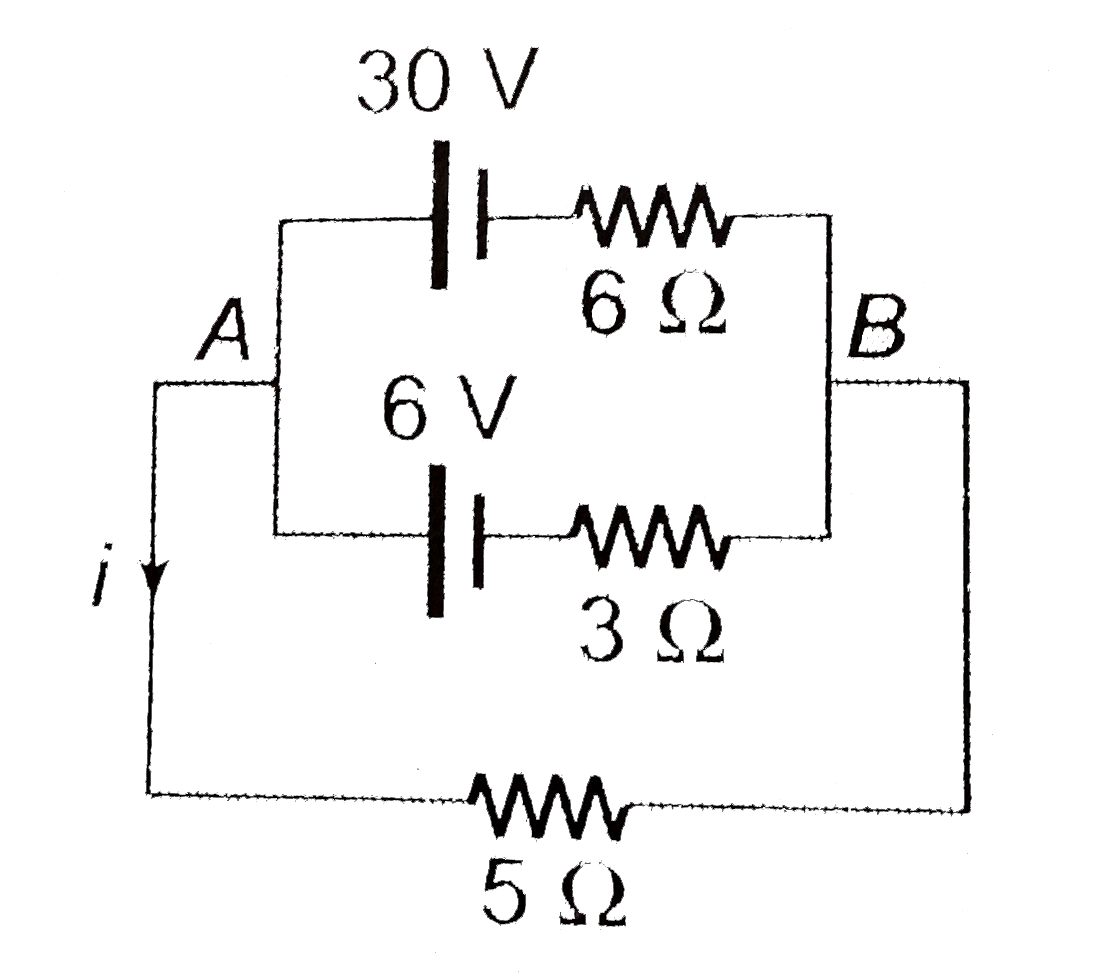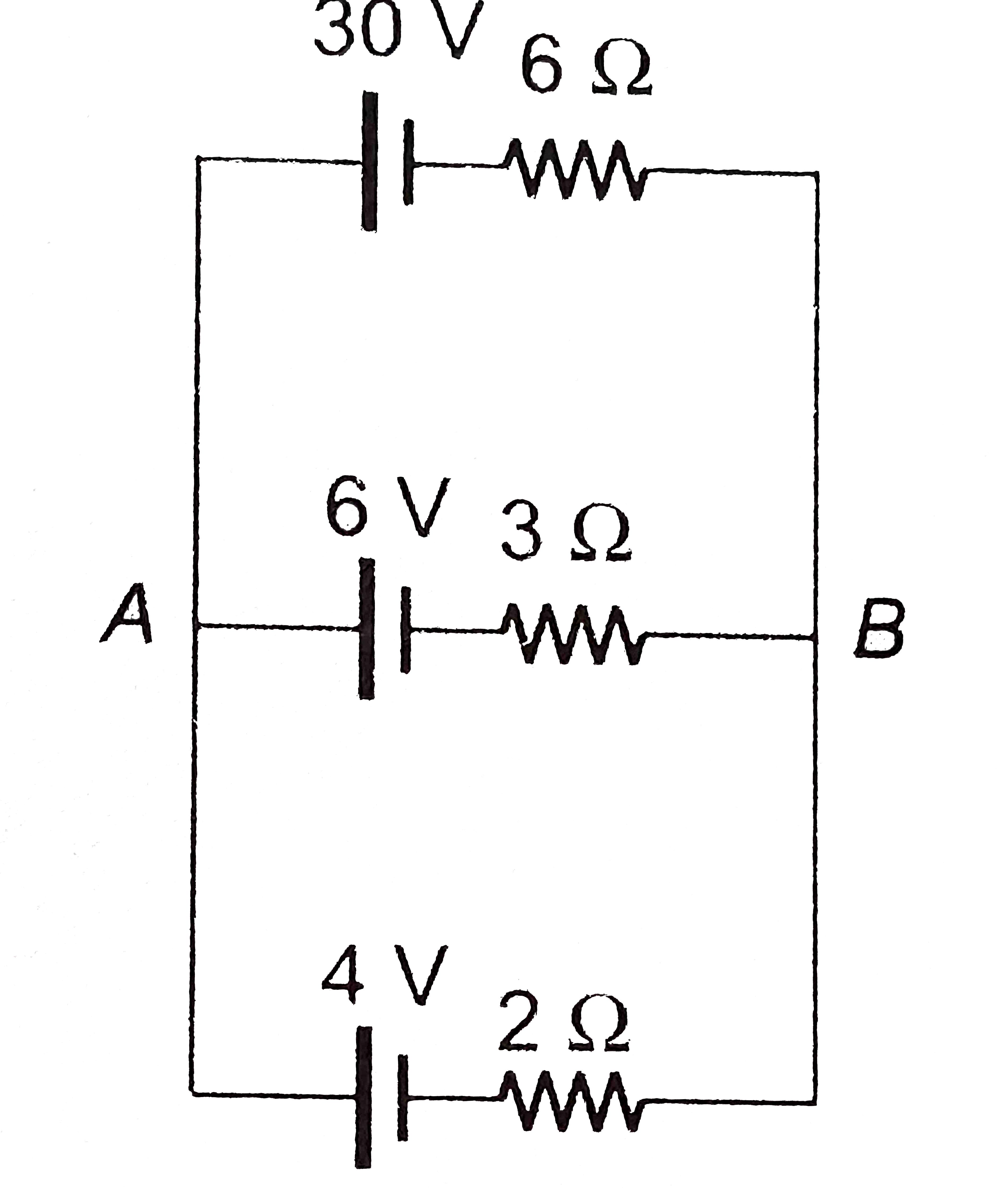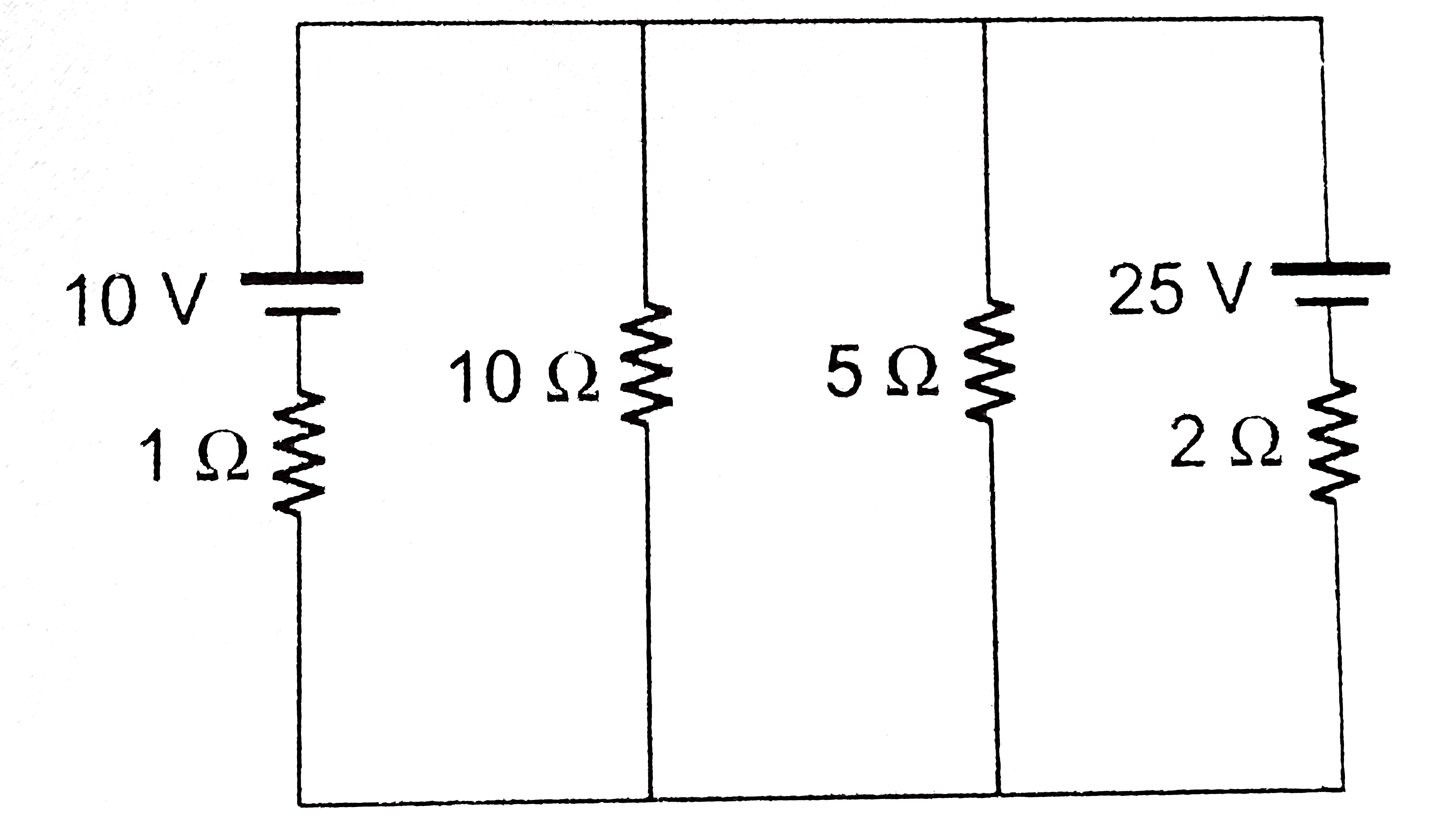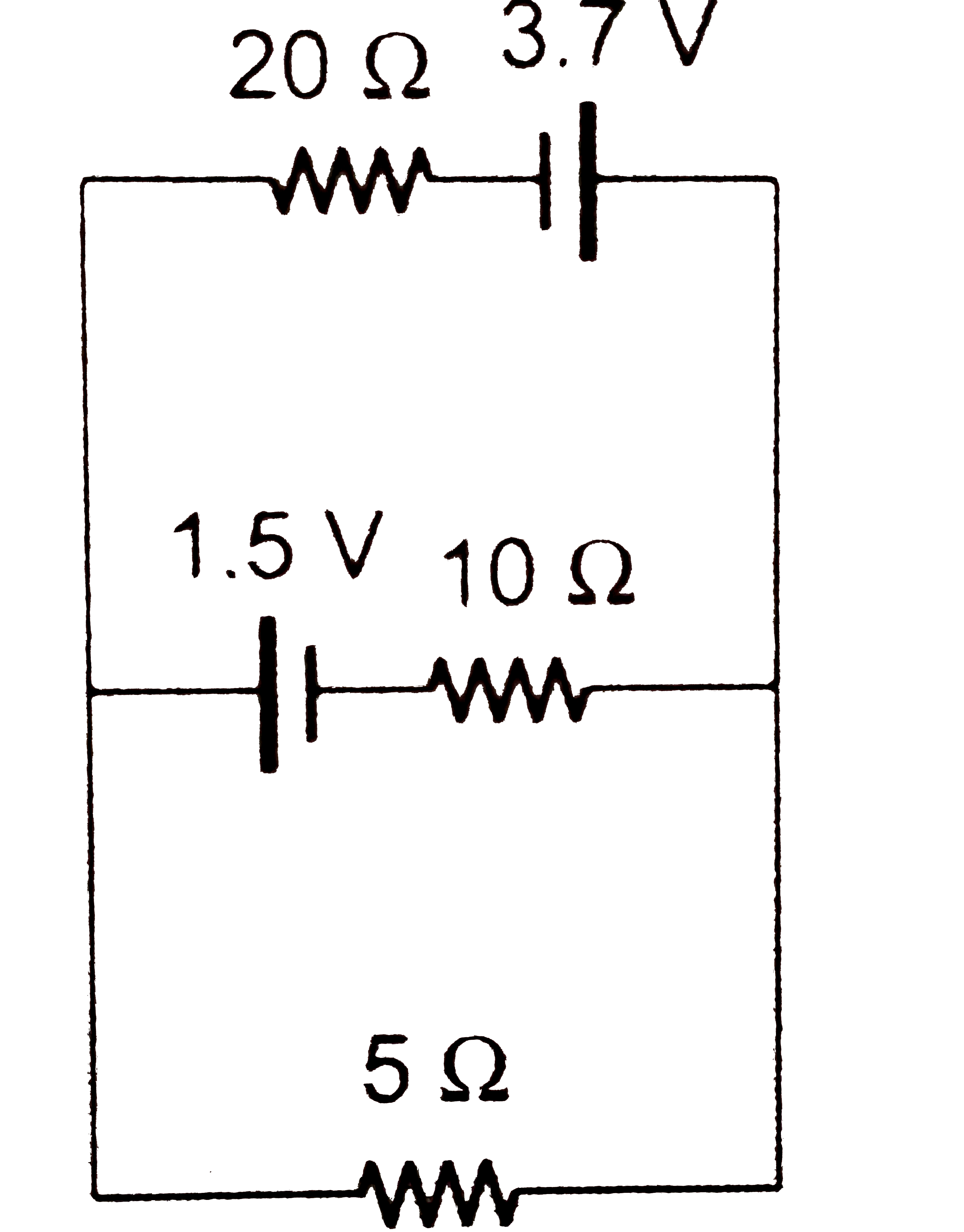Potential difference between two terminals of a cell, when there is no currentflowing through it is called …………..of the cell.
The correct Answer is:emf
To answer the question, we need to identify the term that describes the potential difference between the terminals of a cell when no current is flowing through it.
1. Understanding the Concept: The potential difference between the terminals of a cell when there is no current flowing is a fundamental concept in electricity. This potential difference is indicative of the energy per unit charge that the cell can provide.
2. Identifying the Term: The term used to describe this potential difference is known as the Electromotive Force (EMF) of the cell. EMF is defined as the voltage generated by a cell or battery when no current is being drawn from it.
3. Explanation of EMF:
- EMF represents the maximum potential difference that can be provided by the cell.
- When the cell is not connected to any circuit (i.e., no current is flowing), the voltage measured across its terminals is equal to the EMF.
- Once the cell is connected to a circuit and current starts to flow, the voltage across the terminals may drop due to internal resistance and other factors.
4. Conclusion: Therefore, the potential difference between the two terminals of a cell when there is no current flowing through it is called the EMF of the cell.
Final Answer:
The potential difference between two terminals of a cell, when there is no current flowing through it, is called EMF of the cell.
- EMF represents the maximum potential difference that can be provided by the cell.
- When the cell is not connected to any circuit (i.e., no current is flowing), the voltage measured across its terminals is equal to the EMF.
- Once the cell is connected to a circuit and current starts to flow, the voltage across the terminals may drop due to internal resistance and other factors.
The potential difference between two terminals of a cell, when there is no current flowing through it, is called EMF of the cell.
Topper's Solved these Questions
- CURRENT ELECTRICITYBook:MODERN PUBLICATIONChapter:CURRENT ELECTRICITYExercise:REVISION EXERCISES (SHORT ANSWER QUESTIONS)
Explore 37 Videos
- CURRENT ELECTRICITYBook:MODERN PUBLICATIONChapter:CURRENT ELECTRICITYExercise:REVISION EXERCISES (LONG ANSWER QUESTIONS)
Explore 10 Videos
- CURRENT ELECTRICITYBook:MODERN PUBLICATIONChapter:CURRENT ELECTRICITYExercise:REVISION EXERCISES (ADDITIONAL QUESTIONS)
Explore 11 Videos
- ATOMS Book:MODERN PUBLICATIONChapter:ATOMS Exercise:Chapter Practice Test
Explore 16 Videos
- DUAL NATURE OF RADIATION AND MATTER Book:MODERN PUBLICATIONChapter:DUAL NATURE OF RADIATION AND MATTER Exercise:CHAPTER PRACTICE TEST
Explore 15 Videos
Similar Questions
Knowledge Check
The potential difference between two points also called
AvoltageBworkCelectric powerDratingv31
A2(E−V)VrB2(E−V)rEC(E−V)rVD(E−V)rThe difference between the electrode potentials of two electrodes when no current is drawn through the cell is called ……………….
Acell potentialBcell emfCpotential differenceDcell voltage
Potential difference between the terminals of a cell/battery is equal to its emf when the cell/battery is____.
View SolutionA cell of emf 'E' is connected across a resistance R.The potential difference between the terminals of the cell is found to be "V" .The internal resistance of the cell must be:
View Solution(a) Find the value of i and potential difference across each cell.

(b) Find potential difference between A and B.

( c) In the given circuit,

find
(i) potential difference between terminals 10V cell
(ii) current through 25V cell
(iii) current through 5Ω
(d) Find the current through resistance 5Ω.
 .
.
View SolutionThe difference between the electrode potentials of two electrons when no current is drawn through the cell is called:
View SolutionAssertion :EMF of the cell is the potential difference between the electrode potentials of the cathode and anode when no current is drawn through the cell.
Reason: Anode is kept on the right side and cathode on the left side while representing the galvanic cell.
View Solution